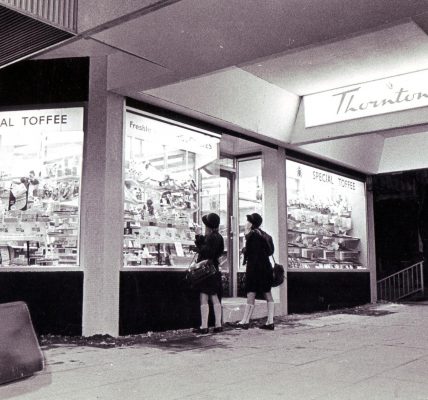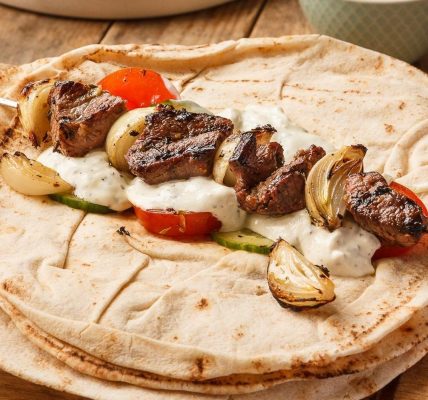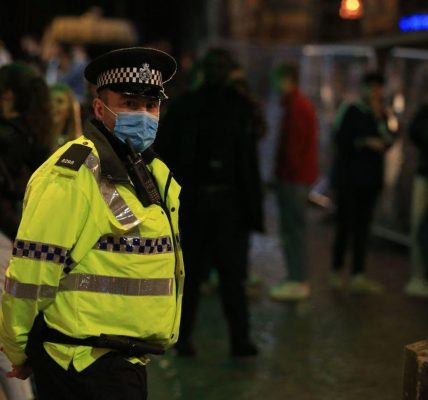If you’re after some fine wine this Easter then why not try Cru Bourgeois from Bordeaux?
There is a feeling of excitement in this household because, by Easter, we will be allowed to let our daughter and future son-in-law through the front door, and into the garden for some kind of family event.
During lockdown we have Zoomed, face-timed and driven round with shopping, but at no time have we had the chance to sit down and talk about family matters including their upcoming wedding, postponed since last July.
The dilemma is what the weather will be like on Easter Sunday. If it is sunny then we can light the barbecue (purely for heating purposes) and serve up a robust casserole in dishes that will stay warm for long enough for the food to be eaten. If it rains then we will be tucked under a garden umbrella with a warming mug of coffee for 10 minutes or so.
But as lockdown rules ease there will be plenty of opportunities to get together and enjoy a glass, or two, and I am starting to select bottles for those occasions, including Easter Sunday, when a sudden burst of good weather might encourage me to switch my warming casserole for a lamb roast.
I have been impressed by some of the new Bordeaux Cru Bourgeois wines on the shelves which will go perfectly with lamb. Cru Bourgeois is a category that grades the hundreds of Bordeaux châteaux that didn’t make it into the 1855 classification of Bordeaux wines.
The fact that the 1855 classification for the top 61 châteaux is still quoted is more a case of no-one wanting to upset various profit-making reputations than their actual existing level of quality. Owners, vineyards and winemakers have changed.
Viticulture has changed, and yet the classification, apart from one amendment made in the 1970s, has been set in stone and determined prices for the last 160 years. Napoleon III, who instigated this classification, would be proud his system is still so revered.
Cru Bourgeois gets away from all this. It is a dynamic system where wines from properties across the Médoc are assessed by an experienced, qualified tasting panel.
The classification lasts for five years after which they have to go through the whole process again. There are three levels of quality, Cru Bourgeois, Cru Bourgeois Supérieur and Cru Bourgeois Exceptionnel, and each bottle carries a label on the neck or on the back label declaring its Cru Bourgeois status as well as a QR code so you can check its authenticity.
Overall, 249 properties across the Médoc have been graded, which accounts for around 30 per cent of the overall production of the region. Given that a lot of Bordeaux wine is swept up by retailers to be sold under their own names, these 249 properties represent the ones that have established their own brands, reputations and quality.
They should be encouraged for standing out against the widespread practice of Bordeaux wine losing its identity in a big supermarket or négotiants brand.
I tasted through six of the newly graded Cru Bourgeois. Here are my thoughts:
From a fairly small, privately owned estate, this Cabernet-dominated wine has a high proportion of Cabernet Franc adding leafy layers to the dark complex fruit. Still youthful, it is drinking well now but will happily keep for several more years.
Close to the river, based on well-drained fine gravel, this property lies around halfway between Margaux and St Julian. Owned by one of the big négotiant names of Bordeaux, this is a grand property with a fine château, a lake and 240 hectares of vineyards, woods and parkland.
The winemaker, Bruno Teyssier, has been in place for 25 years and so the format of the wine is well established. One of Sainsbury’s long-standing clarets in its range, this has clear red fruits, underpinned by gentle oak with fine tannins and a long finish.
: This historic estate dates back to the 14th century when the wines were sold ten years in advance in order to raise money to release its owner from some local warmonger.
Now there is a grand château, extensive vineyards and a fine reputation for quality. Hubert de Boüard, who steered Angélus to its top form, is consultant and the wine shows its pedigree with a well-developed palate of ripe red fruits, a touch of prunes and subtle oak aging. Ready now, it is delicious, but stocks are very low. Buy it if you see it.
Owned by the same group which also owns top names Chx. Beychevelle and Lagrange, this is a large estate, based on deep gravel soils.
The blend usually contains 60 per cent Cabernet Sauvignon with 35 per cent Merlot and a small percentage of Cabernet Franc and Petit Verdot. Since 2004, the vineyards have been worked according to Terra Vitis, an environmentally friendly organisation where chemical use is dramatically cut and balance restored to the land.
This is a robust, lively wine with gorgeous blackcurrant and raspberry fruit, structured and refined.
This is a large historic estate with 108 hectares of vines that neatly straddle the line between Margaux and Haut-Médoc.
Based on sandy-gravel soil, this is a well-drained site with just a thin layer of clay that seems to add weight and body to the wine which is Cabernet-dominated with 70 per cent in the blend, boosted by 30 per cent of Merlot adding softness and fruit to the mix.
The 2018 vintage is still youthful with dark, vibrant red fruits, with a seam of tannins adding structure and a distinct layer of freshness in the flavours keeping the wine balanced. Buy more than you need, as this will age well in your wine rack.
Once again Hubert de Boüard has a hand in creating the wine at this small, privately owned estate.
With just 14 hectares of vineyards equally planted to Cabernet Sauvignon and Merlot with just a splash of Petit Verdot in the mix, this is an estate with old vines but modern winemaking.
This is a truly elegant wine, with depth, concentration and the ability to age.










